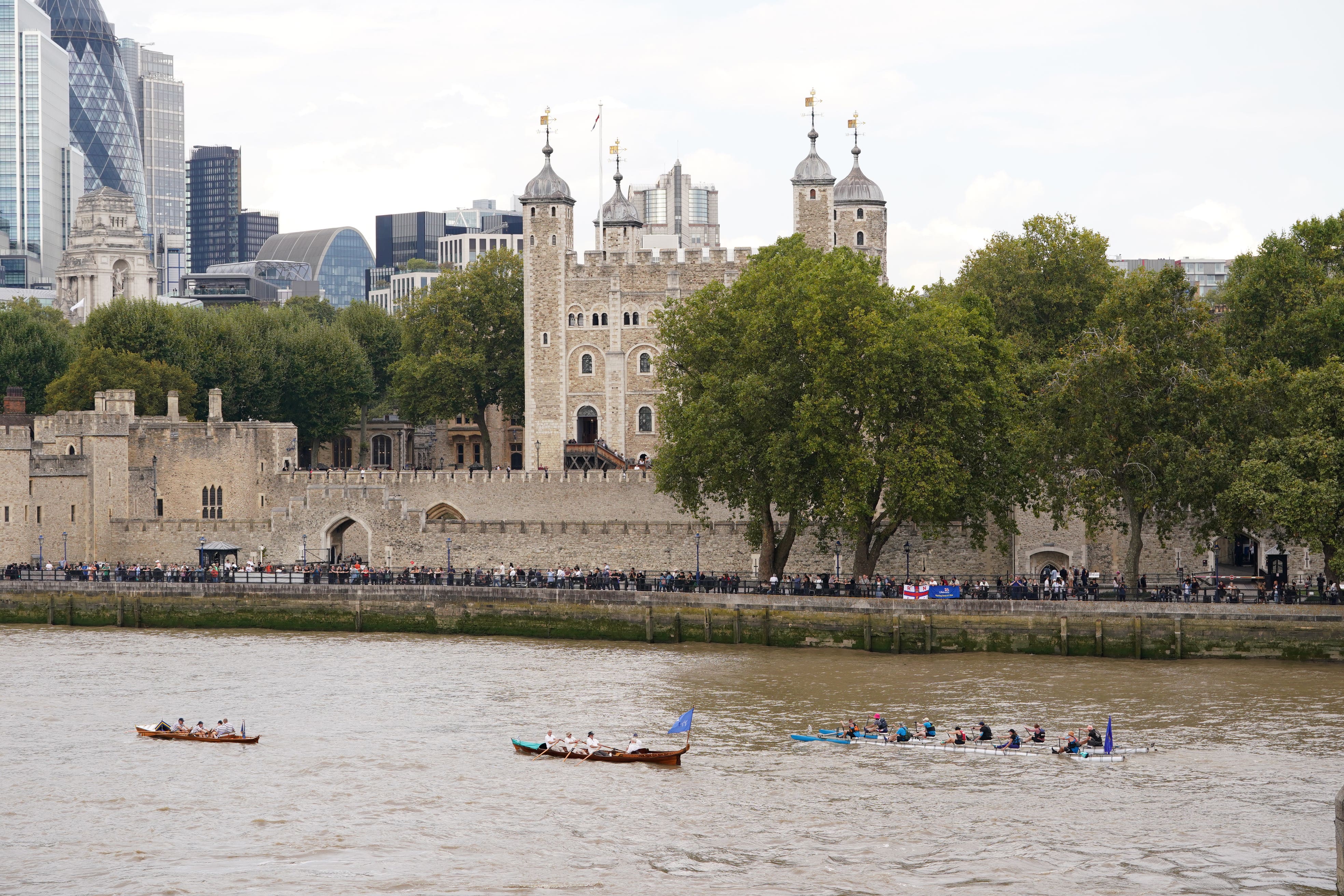Ireland asked Tower of London to return ‘illegally smuggled’ cannons
A decades-long dispute over ownership of the cannons included concerns they could be targetted by the Provisional IRA

Your support helps us to tell the story
From reproductive rights to climate change to Big Tech, The Independent is on the ground when the story is developing. Whether it's investigating the financials of Elon Musk's pro-Trump PAC or producing our latest documentary, 'The A Word', which shines a light on the American women fighting for reproductive rights, we know how important it is to parse out the facts from the messaging.
At such a critical moment in US history, we need reporters on the ground. Your donation allows us to keep sending journalists to speak to both sides of the story.
The Independent is trusted by Americans across the entire political spectrum. And unlike many other quality news outlets, we choose not to lock Americans out of our reporting and analysis with paywalls. We believe quality journalism should be available to everyone, paid for by those who can afford it.
Your support makes all the difference.Irish officials made extensive efforts to convince UK authorities to return extremely rare bronze cannons after claiming they were “illegally smuggled” from a Waterford shipwreck and sold to the Tower of London, records show.
A decades-long dispute over the ownership of the cannons raised concerns that they could be targeted by the Provisional IRA.
The cannons, each measuring nine-foot-by-six-foot, were allegedly removed in the early 1970s from a shipwreck off the south east coast of Ireland, near the Metal Man at Tramore Bay, according to newly released papers from the Irish National Archives in Dublin.
They were then displayed as a tourist attraction at the Royal Armouries and Tower of London with no reference to Ireland.
The cannons, known as “sakers”, bore the Tudor rose and were made for King Henry VIII in the 1540s by the Owen Brothers and are two of only 10 examples of these types of cannon known to have survived the centuries – with a price tag in the early 1990s of at least £30,000 each.
Irish authorities began investigating the case after reports in the Sunday Press and Times of London alleged the cannons had been smuggled out of Irish waters by a “gang of British treasure hunters” before being sold in an Essex scrap garage at the “knock-down price” of £3,250 to a senior Tower official who did not ask where they came from.
The newly released documents show that Irish officials from the National Museum of Ireland, Department of Foreign Affairs and the chief State solicitor repeatedly sought the return of the cannons.
The Tower had been told by the Maritime Institute of Ireland that “both Irish and English law had been broken [during the acquisition of the items] by the failure to report the cannon to the Receiver of Wreck”, an official body which records when – and where – potentially important items have been found.
A 1993 report from Eamon P Kelly, the Acting Keeper of Irish Antiquities of the National Museum of Ireland, shows that, following initial representations, Tower officials had become “defensive” in 1974, claiming there was “no evidence” the cannons had been “removed recently from the sea bed”, that they “may have been found off the Sussex coast”, and “that the original story of Irish provenance was spread as a cover”.
The record around the disputed ownership of the cannons also states that the Receiver of Wreck confirmed that, by 1992, the cannons had not been reported to its office.
Later that year, the Royal Armouries said it “wished to resolve the controversy”, partly over concerns that they could be targeted by the Provisional IRA.
The Royal Armouries said this was due in part to the “continuing adverse publicity in the British and Irish press” by the Times of London and Sunday Press over the situation, before linking “the earlier controversy with a bomb attack” carried out by the IRA which resulted in loss of life, and expressed fear further publicity would again “target the Tower, or its officials”.
The 1993 report notes that while some British authorities were “sympathetic” to the Irish claim, the Royal Armouries pointed out that public money was used to acquire the cannons and that the body would “need to be satisfied that the Irish authorities had a valid case before they would concede”.
After receiving Mr Kelly’s report which concluded that it “seems clear” British officials were “aware the guns had been found off the Irish coast” and were therefore the property of the Irish State under Irish law, Ireland’s embassy to the UK wrote to Britain’s foreign and commonwealth office seeking immediate return of the cannons.
This article is based on documents in 2024/52/181